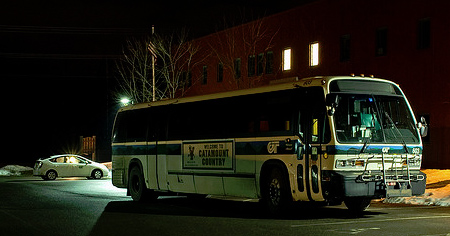Lon Prater kindly agreed to guest post about Marshall Plan novel writing software. Lon is a friend through the online writers’ group Codex. You can find out a bit more about him and jump to his Web site at the bottom of this post.
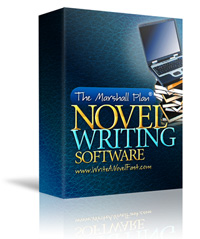
Near the end of October 2013, I was given a free copy of the Marshall Plan Novel Writing Software (Mac version) to review. After tinkering with it about 10 weeks, I’m ready to share my thoughts on it.
Some Background
I was first exposed to The Marshall Plan as a set of extremely helpful books by agent and author Evan Marshall. One book focuses on writing your novel, the second on selling it. There are also some workbooks, but I have no background with them. The two main books have a lot of meaty, useful stuff packed inside. Though geared for planners over “pantsers” there’s still a lot of valuable technique to be learned in these books, as well as crunchy good info on the business and career side of selling what you write. There are sections of these books I have gone back to reread no less than eight or nine times over the years.
One of the most specifically structured aspects of the Marshall Plan is a breakdown of how many scenes a book of a given length should have, with some additional consideration for genre, and how the viewpoints should be distributed across those scenes. As you can imagine, this can get incredibly fidgety.
As an example: a 70K Suspense/Crime novel would be broken up into 56 sections, with so many from the point of view of the Lead, the Opposition, and the Romantic Involvement—each happening in a specific (but not confiningly rigid) order. Pivotal turning points and other standout scenes have specific requirements, and there are certain elements that every Action or Reaction Section should have.
Laying out a plot using these strictures will probably suffocate the dedicated discovery writer (much the way Randy Ingermanson’s fractal-based and mostly helpful Snowflake Method has been known to do to unsuspecting pantsers) but don’t let this sway you from the value of the Marshall Plan when it is telescoped out from the scene by scene structuring. There is just as much valuable information in the Plan when it comes to the overall arc of your story, subplot, etc.
The Software
For those who enjoy the level of detail employed in the Marshall Plan, the software is probably going to be very appealing. I know that I personally jumped at the chance to review the program based simply on how much I adore the main book. I had expectations that this software would be on par with Scrivener or WriteWay Pro (both of which I have used over the years).
When I say “on par” let me spell out my expectation: a program that would help me organize key information, plan and outline my novel, and provide a native word processing function that would allow me to write the novel in sections tied to my outline. I get all of those and more with WriteWay Pro and Scrivener. (Much more in some cases) Those programs generally cost about $50.00, less when you catch a sale.
Now here’s the part where this review gets painfully honest.
The Marshall Plan Novel Writing Software fulfills all my novel planning and outlining needs, but lacks a function for writing and saving sections within the program itself, and also lacks a dedicated place to stow your research and scratch pad ideas. For so much less functionality than similar writing-based programs, you’d think this would cost a lot less than Scrivener or WriteWay Pro.
You’d be wrong. I checked for sales during NaNoWriMo and Christmas and again in mid-January. The current and constant price for this software has been $149.00.
Most aspiring writers just made their buying decision at the end of the last paragraph. But some of you are no doubt wondering “Is the part that’s there so awesome it makes it worth paying triple the money for 1/3 the functionality?”
What You Get For The Money
Again with the expectation/reality game. I thought, surely for that much money this will be one hell of a polished machine, a sleek German-engineered novel planning joyride. I mean, the sales literature even says, “It practically writes your novel for you!” and who wouldn’t want that kind of efficiency? No one, that’s who.
I searched for signs of that luxury app feel, some clue as to what would make this program worth that kind of scratch, and the only thing I can muster up as a reason is, as the cool kids say today: “because proprietary”. True to its promises, the software automates the difficult sectioning and outlining functions, in the specific proportions of The Marshall Plan. This would have otherwise been a laborious project, even if you had purchased the Workbook to help you. It also repeats key concepts from the books in scrollable windows of advice. Though the entire book is not included, just summary passages on structure, character building, editing, and careers. (To me they left the best part of the book out of the program, the parts covering techniques for clarity and how to handle exposition, dialogue, etc.) There is also an extensive list of Character Names and meanings.
Minor Complaints
The software feels unfinished to me for several small reasons, and one large one. The small ones first:
- There are numerous typos and artifacts of earlier builds hiding in the sparse help text and directions. For $150 this thing better be as typo-free as a query letter. Examples: 1) The text says click the Genre List above, but actually it’s a drop down menu on the left side of the screen. 2) “Or use a Reaction Section, as explained above” but the explanation is below. 3) There are an awful lot of doubled quotation marks “” scattered throughout the documentation.
- Arrowheads used to open and close parts of the program felt stingy and smallish; they required concentration to click them reliably.
- Minor Character support is not robust at all. You get to put in a Name and a Role, but if you want to keep any other info straight about them, you better go buy a notebook. Also, there does not appear to be a way to export Minor Character data.
- The List of Names is very long. Which would be just ducky if there was a search function, or you were allowed to jump to a certain letter. Nope. Start scrolling at A on either the Male list or the Female list. 7,000 names between them…
The Worst Offender
One of the earliest, and most important steps of planning your novel with this software is when you pick the overall length you are going to aim for. The program gives a lot of valuable information about averages for genres and so on, in perhaps a bit more granularity than that handy 2010 post from Colleen Lindsay’s The Swivet everyone likes to go by.
But where it gets dicey is when you decide on that length and then enter it into the form field directly under this, in red: “(Warning: Reducing your novel’s word length removes and/or resets sections, so data may be lost.)”
To be fair, the software does provide a warning. What does this mean in practice? It means that once you set a word length, the program will create a list of Action and Reaction Scenes and tell you which ones need to be from a certain viewpoint character and which you can choose the point of view. It will also dedicate space for you to write notes about what will happen in each of those sections.
But if in the course of writing—or even outlining—you discover that this is really panning out to be more of a 70K novel than the 90K novel you thought your idea would support, you have two choices:
- You can start a brand new outline file (because remember, this program doesn’t actually have a word processor built in) in the software and laboriously cut and paste all your notes for each section into the new outline file.
- You can change the existing file, knowing that you will lose what you have saved as notes for several sections. Print a copy before you change the length and then retype your notes back in.
To me, either option seems like a lot of wasted time that would be better spent writing that first draft. To me, this would be a dealkiller even if the program cost less than a Happy Meal.
Wrapup
I started evaluating this program from a very positive and hopeful place. I like The Marshall Plan books and I was excited about getting a copy of the software to try.
In the end, I wanted to give a better review than I was able to.
Until the software has more features, more polish, allows changing novel’s length without losing data, and doesn’t bite so deep into the wallet, I cannot recommend it for anyone without money to burn (a rare descriptor for novelists) and extraordinary confidence that they can make any story idea take X amount of words to tell it. There are just too many better values currently available in the marketplace, at a fraction of the cost.
That said, if you haven’t read The Marshall Plan for Writing Your Novel, I can’t recommend the book highly enough.
####
About the Reviewer: Lon Prater has worked in the Reactor Compartments of USS Enterprise, edited the military’s textbook on arms deals, and kept things safe in the produce and laundry industries. His fiction has appeared in the Stoker-winning anthology Borderlands 5, Origins Award finalist Frontier Cthulhu, and dozens of other publications. Visit www.LonPrater.com to find out more.
Like this:
Like Loading...
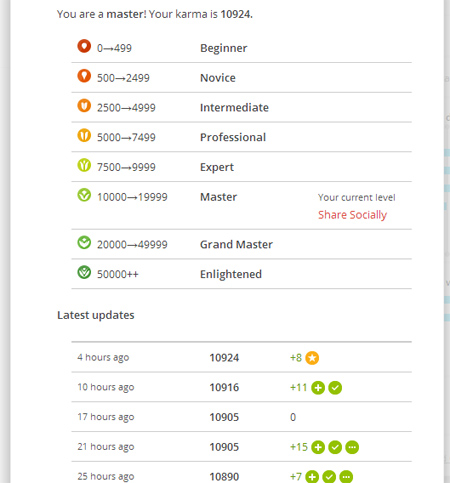


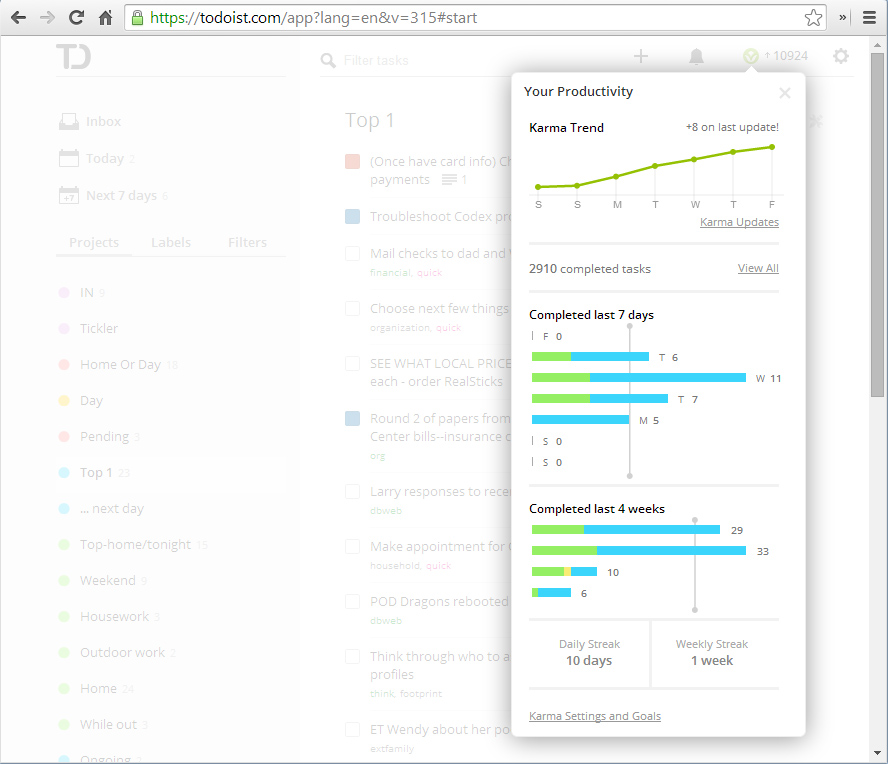







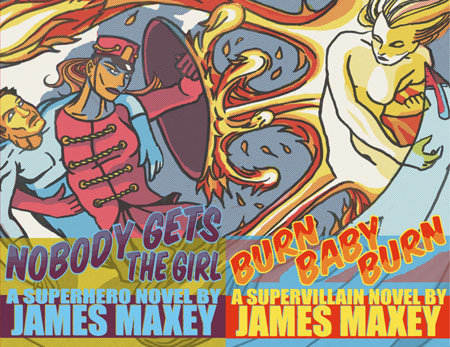
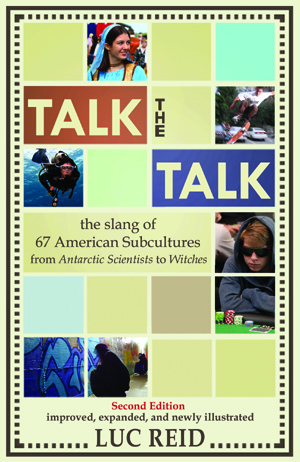

 This guest post is a contribution from author/agent Evan Marshall and Martha Jewett, who together have created
This guest post is a contribution from author/agent Evan Marshall and Martha Jewett, who together have created